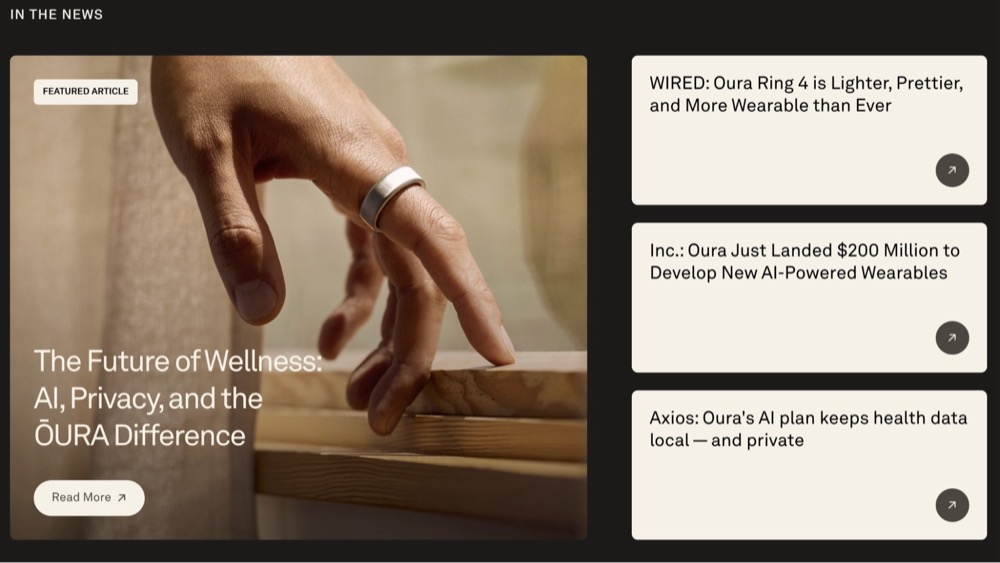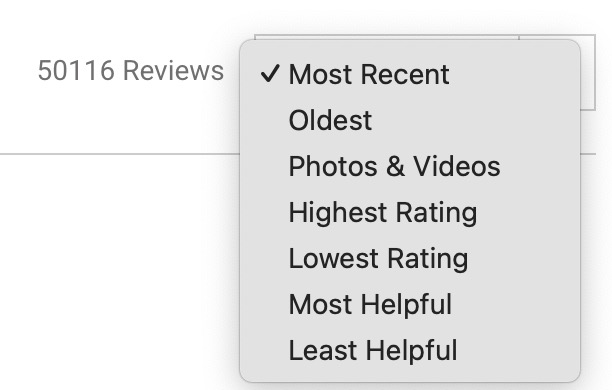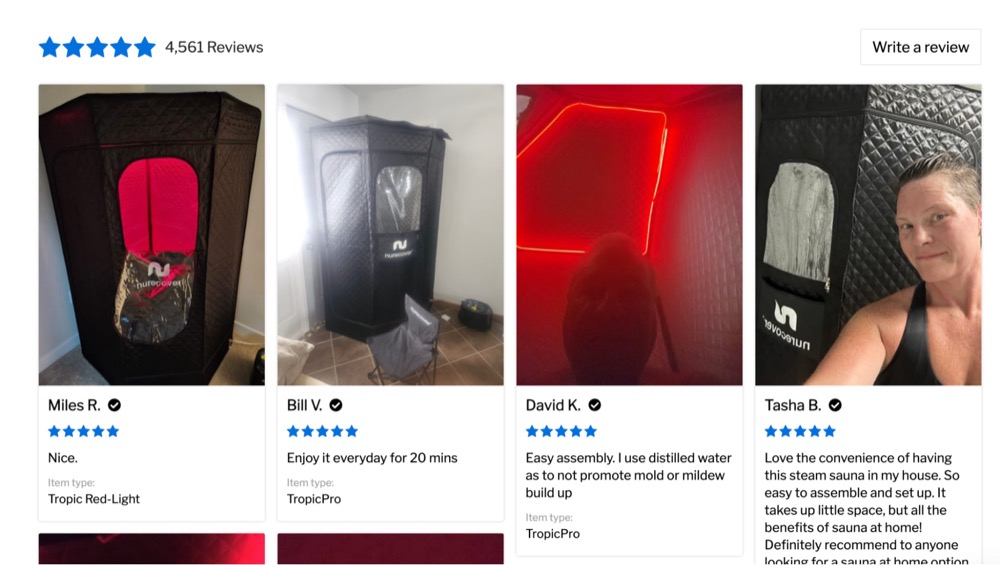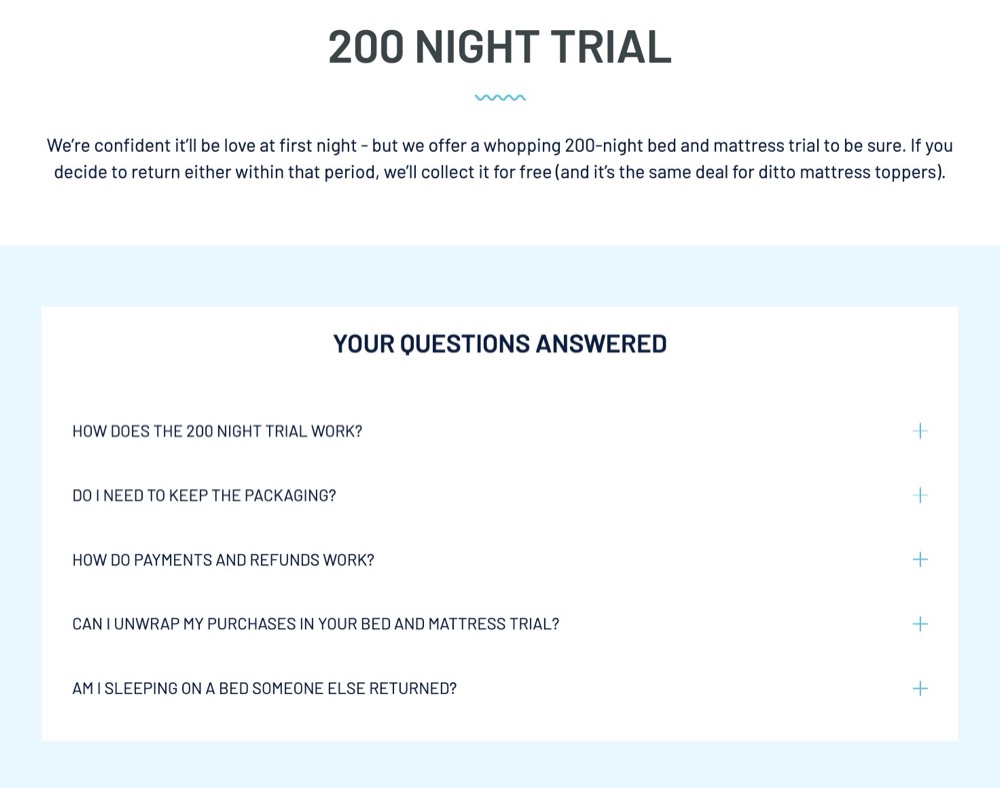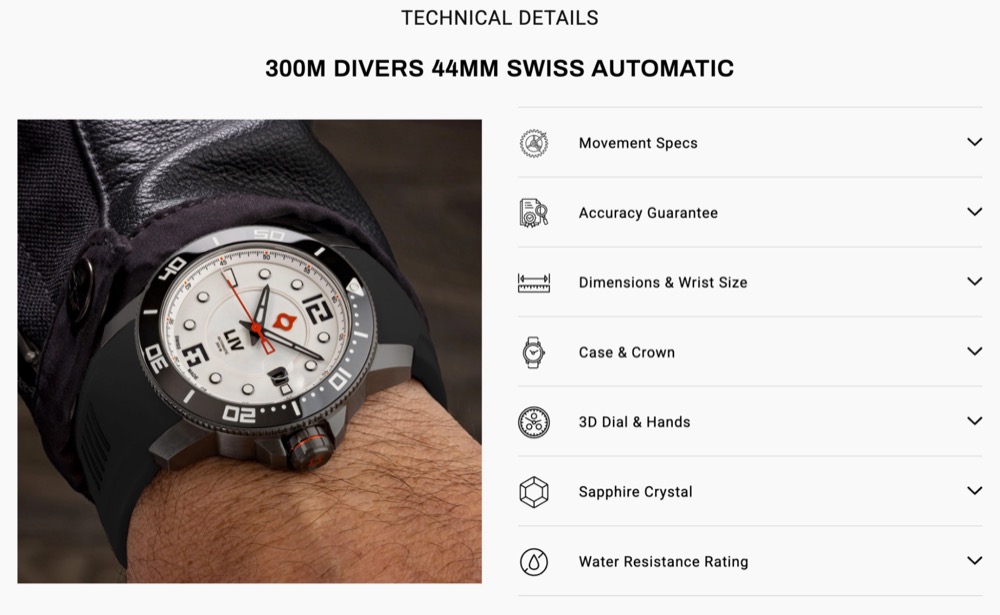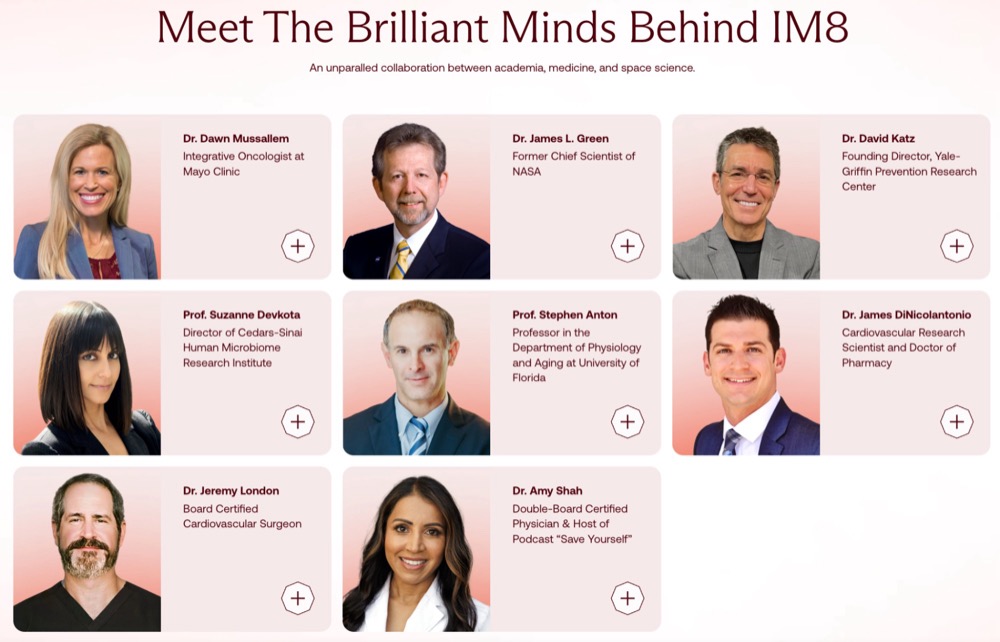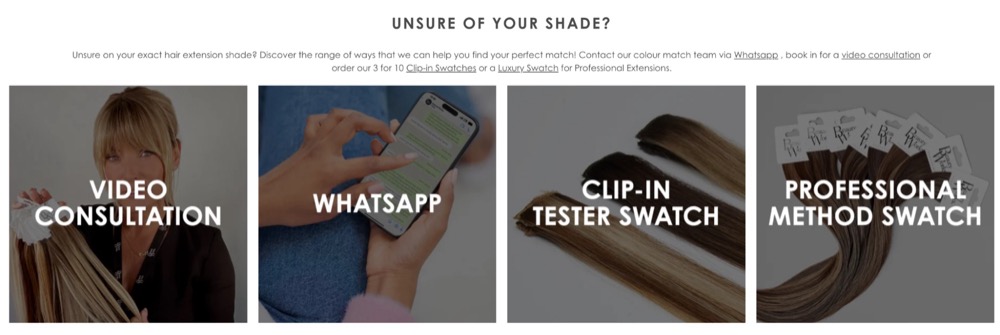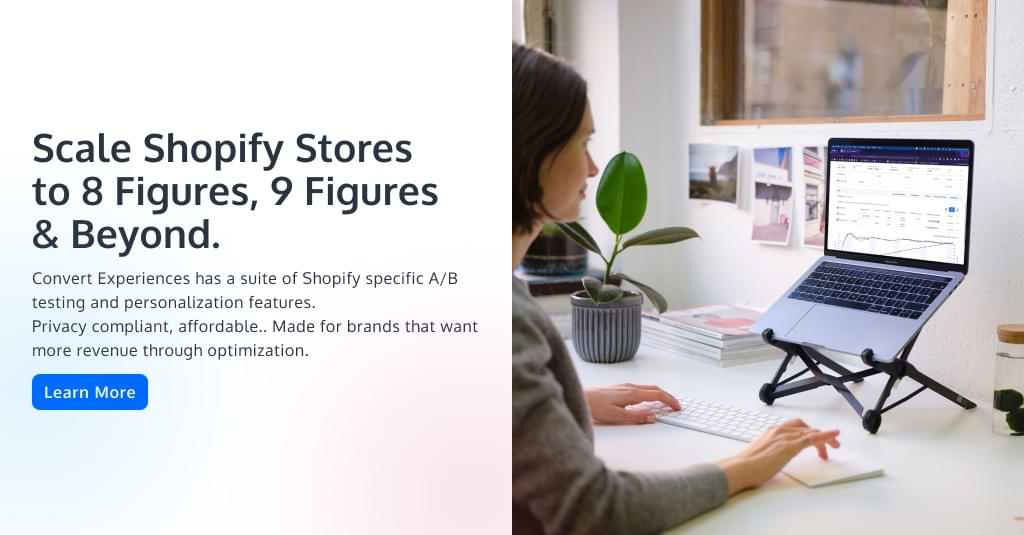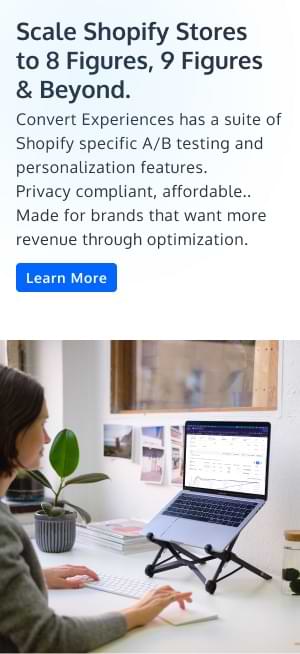5 Unconventional Strategies for High-AOV Landing Pages
A practical guide to building landing pages that move expensive products
Riddle me this: how often do you buy a $100+ product on the spot, no hesitation?
For me, it’s rare, but there have been a few times when something convinced me to give it a shot almost immediately. So I went back to those landing pages to figure out what hooked me. Why did I trust them? And what exactly are the best brands doing to sell high-value e-commerce products?
While best practices don’t always hold up, they’re a starting point. Especially for cases where you don’t always have the volume to run a high number of A/B tests, the upside of optimizing is huge.
So let’s look at what top brands are doing differently, and how they’re convincing people to drop hundreds of dollars from a single landing page.
1. They aren’t shying away from common objections and doubts
Juliana Jackson recently gave a great Convert webinar on “Brand Moments, Contextual Experience Debt, and Perception-Led Segmentation”.
She talked about a skincare brand she came across but wasn’t fully convinced by—so she went to her favourite place: Reddit. What did she find? Scam, scam, scam. People were frustrated, saying the product wasn’t a scam, but that it also hadn’t effectively cleared up their breakouts.
Rather than kidding themselves that users won’t look for context, the best brands lean into understanding what doubts and objections people might have. And they address them directly on-site, reducing the risk that a potential customer will go looking elsewhere.
Take Oura Ring, a health tracking ring, as an example. On their landing page, instead of just listing publication logos under a generic “featured in” section (an overused best practice), they include actual article titles with links. Two of the three featured pieces focus on data privacy—a likely concern for prospective buyers sharing personal health and sleep data with Oura.
2. They aren’t shying away from negative reviews
If I see one more landing page with only 5-star reviews or a few overly curated quotes, I might actually scream. That’s not to say you can’t do what brands like AG1 do—like claiming “50,000+ verified 5-star reviews”—but the best brands go further. They make it easy to browse real reviews, both good and bad.
For example, The Ridge, makers of high-end wallets that price around $100-$180, allow you to sort their reviews in multiple ways:
And Nurecover, the ice bath and steam sauna brand, shares both image and video reviews from customers:
Don’t kid yourself: people will go digging for reviews. Curiosity may have killed the cat, but it’s rife in product purchasing. One of the main reasons I personally wasn’t convinced by AG1 was that they hid theirs, and when I eventually found them, they were disappointing.
3. They aren’t trying to downplay the risk of trying them out
Similar to addressing common objections, top brands show they understand—and appreciate—that buying from them is a risk. That’s why they often emphasize return policies, guarantees, and warranties. They make it easy to find the details and clearly explain how things work. This is especially important for products that are hard to judge without trying or a hassle to return.
Some brands like to avoid such topics as they think it is “encouraging” returns or suggesting someone won’t be happy with it, but I disagree. That will happen either way, and people are far more likely to purchase (and ultimately keep) the product if they know they’re money is protected.
Take Simba, a mattress brand. They clearly highlight that you can trial their mattresses for 200 nights:
And they dedicate an entire page to explaining how the 200-night policy works:
They also emphasize post-purchase support and customer care, so you know they’re there to help with any questions after you’ve made a purchase.
One way to take this further is to create a reassuring and clear checkout process. If there are customizations, make these really clear and visible, along with the terms and conditions around customized products. If there aren’t customizations, just make sure it is really clear what customers are getting. Another approach to help them feel comfortable with the risk is offering spread-out payment terms—this helps them feel more comfortable with the higher spending on your product. Services like Afterpay, where customers can pay after receiving their order, make the risk feel even lower.
4. They aren’t keeping the copy as short as possible
When it comes to high-ticket items, people usually want more context before making a decision. Instead of following the trend of short and sweet, high-end brands make it easy for you to dig deeper. This might be through videos, drop-downs, or secondary pages with more detail.
For example, Liv Watches, a high-end watch brand, nicely combines beautiful, large visuals with the ability to dive deeper into detailed product specs:
5. They aren’t sticking to one main form of social proof
While loads of reviews are great, they’re not always enough—especially when it comes to high-end products. You usually need more to truly trust the brand.
Take AG1, the green shake brand. They showcase notable customers like Dr. Andrew Huberman and Sir Lewis Hamilton in their video testimonials:
Having a credible expert or trusted figure in your field is powerful—but it’s not the only kind of social proof top-tier brands use.
IM8, an all-in-one supplement drink, leans not only on the credibility of David Beckham as a founder, but also highlights the experts behind the product. Like before, you can expand on each one to learn more:
Another great way to build trust is by offering consultations with an expert upfront, to help customers work out what is right for them. When I bought hair extensions for my wedding, I was really nervous about ordering them: what was the right type? The right length? The right shade? I sent Beauty Works some photos and explained my use case (making my hair long and thick enough for a half-up hairstyle at my wedding), and they called me for 5-10 minutes to give advice. The fact that they didn’t try to sell me the most expensive option went a long way toward convincing me to buy them.
Optimizing your high-end landing page
My advice? Use these five points as a starting place, and don’t be afraid to:
- Talk openly about common objections and doubts
- Include lower-rated reviews
- Highlight return policies and guarantees
- Provide depth in your content
- Use multiple forms of social proof
From there, my number one tip would be to constantly user test your landing page with your target audience.Be strict in terms of relevancy and spend to ensure you’re learning from people who would spend what your products cost, but just need a bit of extra support and guidance to get there.
Written By
Daphne Tideman
Edited By
Carmen Apostu

